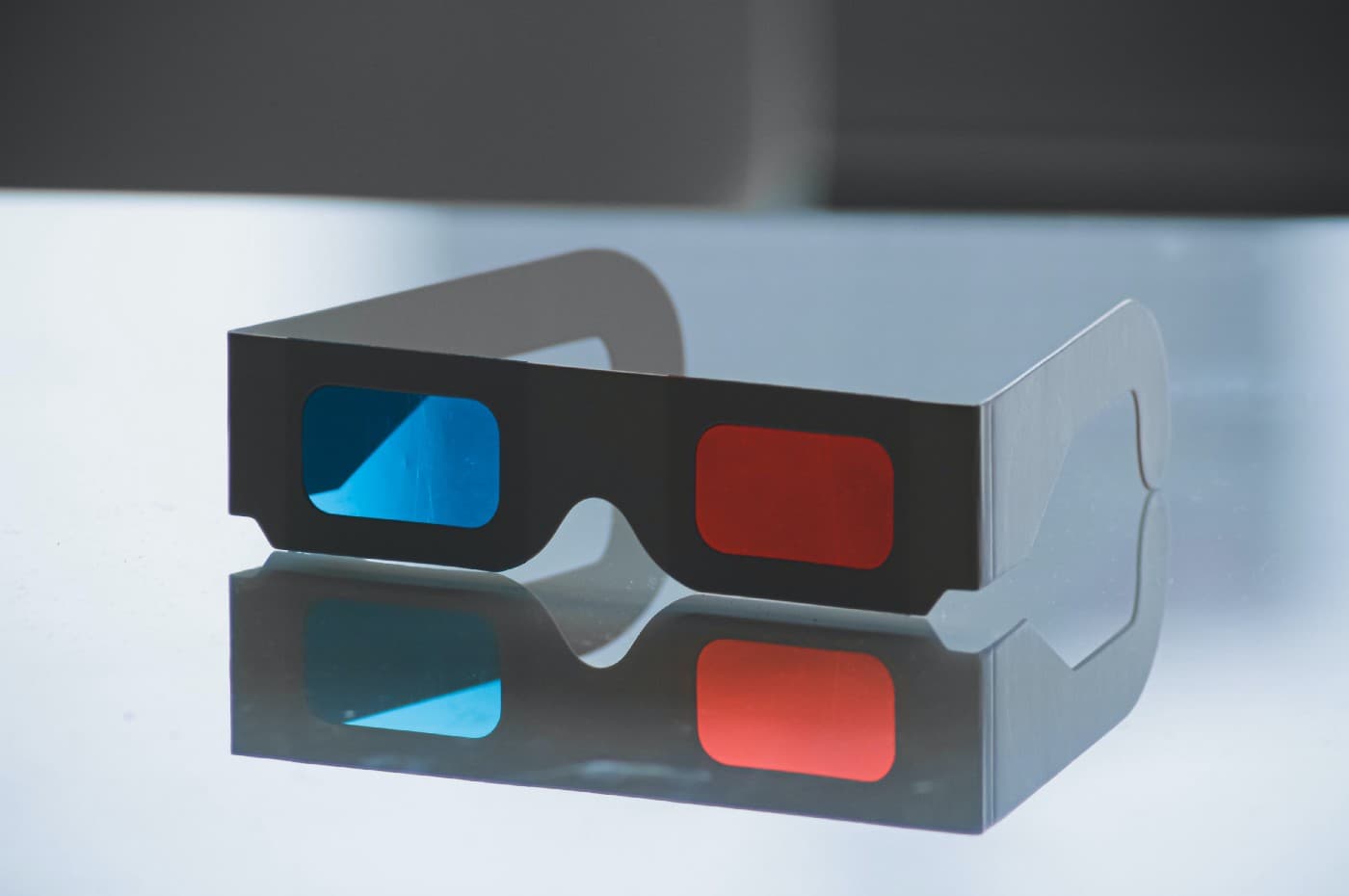Increase your productivity with your own PyTorch template
FREEOver the last years I've built several deep learning projects in PyTorch, either for work or for academic projects. What I realized was that I was actually writing and writing the same things, except for the dataset class, model architecture, custom losses and a few minor things.
Therefore, in order to avoid writing always the same pipeline, we can actually our own PyTorch template, that can be reused with minimal modifications.
In this blog post, we will discuss the benefits of having your own PyTorch template for deep learning pipelines and how it can increase your productivity.
Benefits
Below I will report three major benefits of having your own template:
- Faster experimentation: this allows you to quickly experiment different dataset, architectures and loss functions with a relatively low effort.
- Reproducibility: with a robust and consistent template, you can ensure that your experiments will be reproducible.
- Customization: if you build your own template, tailored for your needs, you are free to add all the methods, plots and callbacks that you need on your day-to-day projects, avoiding to copy and paste the same snippets of code between older repositories.
Of course there will be more than three benefits, and I am looking forward to hearing from you!
My personal setup
I shared my personal template in this repository. As you can see, the overall structure is as follows:
└─── assets/ : store results, images or major checkpoints
|
└─── dataset/ : store the dataset involved on your tests
|
└─── src/
└───────── data/
└───────────────── dataset.py : dataset class
└───────────────── transformations.py : data augmentation pipeline
└───────── losses/
└───────── metrics/
└───────── models/
└───────────────── model.py : custom model
└───────────────── trainer.py : trainer class
└───────── utils/
└───────────────── plots.py : plots sample of images, metrics and so on
└───────────────── utils.py : set seed, early stopping and so on
|
└─── .gitignore
└─── README.md
└─── settings.yaml : settings for the current experiment
└─── train.py : training pipeline with logging, cuda and tensorboard support
I was inspired by the wonderful work of Francesco Saverio Zuppichini and I will keep my template up-to-date with further features along the way!







